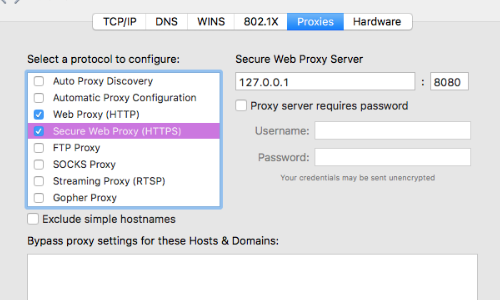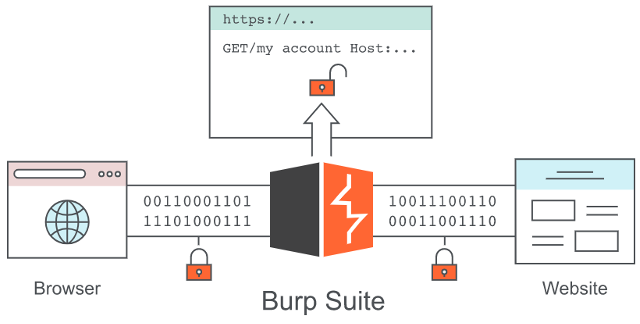

#BURP SUITE CONFIGURE PROXY HOW TO#
WSDL (Web Services Description Language): It’s an XML-based interface definition language that describes the functionality offered by a web service, making it easier for applications to understand how to communicate with each other.Envelope/Wrapping: All SOAP messages are enveloped within a specific XML structure, which helps parse and direct the message appropriately.

Communication: Uses XML format exclusively for message formatting.Nature: It’s a protocol, which means it follows a strict standard and set of rules for structuring messages.Doesn’t have a standard message or service definition like SOAP’s WSDL.Less security features compared to SOAP.Lightweight, especially when using JSON.

For example, /users might get you a list of all users, while /users/123 might get you the details of user with ID 123. URLs (or URIs): RESTful services use URLs to represent resources.The server should not store any context between requests. Statelessness: Each request from a client to a server must contain all the information needed to understand and process the request.Format: Typically communicates using JSON, but it can also use XML, HTML, or even plain text.

#BURP SUITE CONFIGURE PROXY SOFTWARE#
What’s an APIĪn API, or Application Programming Interface, is a set of rules and protocols that allows different software applications to communicate with each other. So, let’s jump in and explore the fascinating world of API vulnerabilities and the bounties that come with them! 🚀 Basics of API TestingĪlright, before we plunge into the nitty-gritty, let’s set the stage by understanding the basics of API testing. Whether you’re a newbie or a pro, there’s something in here for everyone. Imagine being a digital treasure hunter, finding flaws, and getting rewarded for it! This article dives deep into API testing and fuzzing, two powerful techniques to uncover those hidden bugs. And that’s where the thrilling world of bug bounties comes in. But like everything in the tech world, APIs aren’t immune to bugs and vulnerabilities. Hey there! 🙋♂️ If you’ve ever wondered about the magic behind the apps and services we use daily, well, that’s often powered by APIs.


 0 kommentar(er)
0 kommentar(er)
